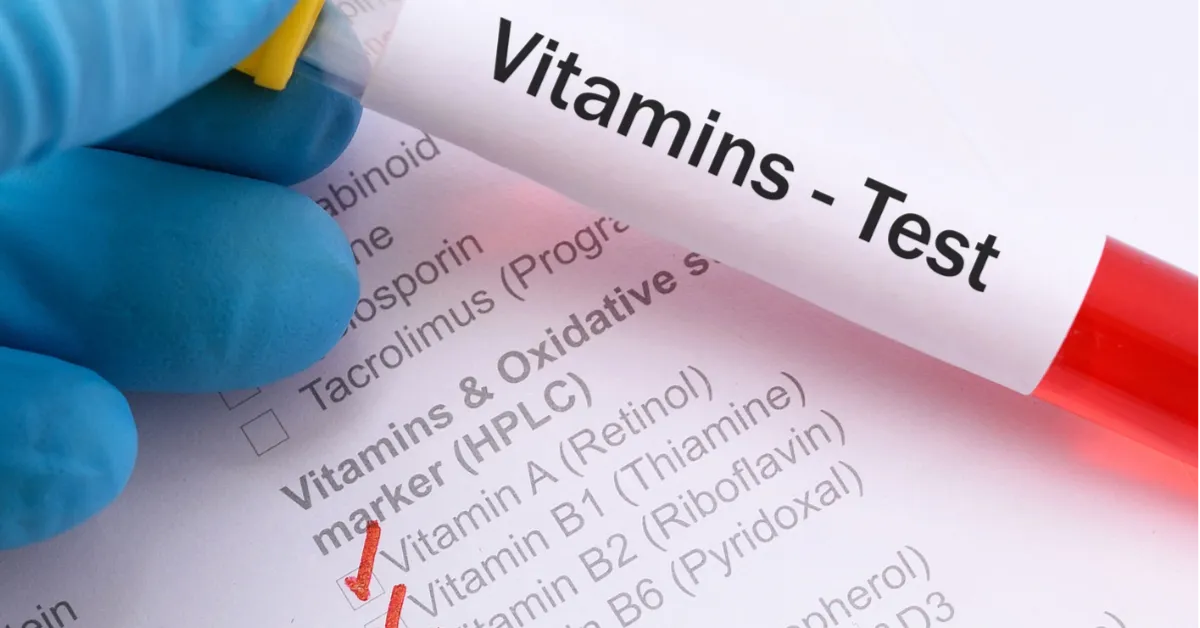AOAC 2020.07 Vitamin A and D Profiling in Nutritional Supplements
The AOAC International method 2020.07 is a robust analytical technique that allows for the precise profiling of vitamin A (retinol) and vitamin D content in nutritional supplements. This service ensures that manufacturers, quality managers, compliance officers, and R&D engineers can verify the accuracy and integrity of their products.
Understanding the importance of these vitamins in promoting health is crucial. Vitamin A supports vision, immune function, and cell growth, while vitamin D helps with calcium absorption and bone metabolism. Ensuring the right balance and presence of these nutrients is essential for the efficacy and safety of supplements. The AOAC 2020.07 method provides a standardized approach to determine both the total content and individual forms (like retinyl palmitate vs. beta-carotene) of vitamin A, as well as the various types of vitamin D.
The test involves several steps: sample preparation, extraction, derivatization if necessary, followed by quantification using high-performance liquid chromatography (HPLC). The method is designed to be sensitive enough to detect trace amounts of these vitamins and accurate in determining their forms. This ensures that the nutritional content meets regulatory standards and consumer expectations.
The AOAC 2020.07 method has been validated against multiple international standards, including ISO guidelines for analytical methods. Compliance with these standards is critical in ensuring reliability and consistency across different laboratories worldwide. By using this method, manufacturers can demonstrate adherence to industry best practices and regulatory requirements.
For the quality managers at pharmaceutical companies, this test provides a means to ensure that their products consistently meet or exceed quality benchmarks. For compliance officers, it offers a tool for auditing processes and ensuring adherence to legal standards. R&D engineers benefit from its ability to refine formulations and improve product efficacy. Procurement teams can use the results of this analysis to verify the quality of raw materials and ingredients.
The precision and accuracy of AOAC 2020.07 make it an indispensable tool in the food & feed testing sector, especially for those involved with nutritional supplements. The method's robustness ensures that the vitamin content is not only present but also correctly identified and quantified, which is vital for maintaining product integrity.
Scope and Methodology
| Sample Preparation | The sample preparation involves homogenization followed by extraction using a solvent. This step ensures that all the vitamins are released from their matrix, making them accessible for quantification. |
|---|---|
| Derivatization (if required) | This optional step converts vitamin A into a more easily detectable form through chemical modification, enhancing the sensitivity of the analysis. |
| HPLC Analysis | The final step involves high-performance liquid chromatography to separate and quantify the vitamins. This ensures accurate measurement of both total content and individual forms of vitamin A and D. |
The method is validated using standard reference materials, ensuring that it can consistently produce reliable results across different laboratories. The AOAC 2020.07 method is designed to be sensitive enough to detect trace amounts of these vitamins while being accurate in determining their forms.
For the quality managers and compliance officers, this table provides a clear overview of the steps involved in the profiling process. This ensures that all aspects are covered during sample preparation and analysis, leading to more reliable results.
Why Choose This Test
- Ensures accurate quantification of vitamin A (retinol) and D content.
- Identifies individual forms of vitamins for precise formulation adjustments.
- Complies with international standards, ensuring global consistency.
- Provides detailed profiling to meet regulatory requirements.
The AOAC 2020.07 method is chosen by those who value accuracy and reliability in their vitamin content analysis. It ensures that the products they produce or source adhere to strict quality control measures, thereby enhancing consumer trust and satisfaction.
Use Cases and Application Examples
| Application Area | Nutritional Supplements |
|---|---|
| Sample Type | Pills, powders, liquids |
| Methodology | AOAC 2020.07 |
| Output | Quantitative results on vitamin A and D content and forms. |
This test is particularly useful for companies involved in the production of vitamins, especially those targeting health-conscious consumers. It helps in ensuring that the products meet not only regulatory standards but also the expectations set by end-users.
- Pharmaceutical manufacturers can use this method to verify the effectiveness of their formulations and ensure compliance with FDA regulations.
- Natural food companies can leverage this test to maintain the integrity of their organic or all-natural products.





